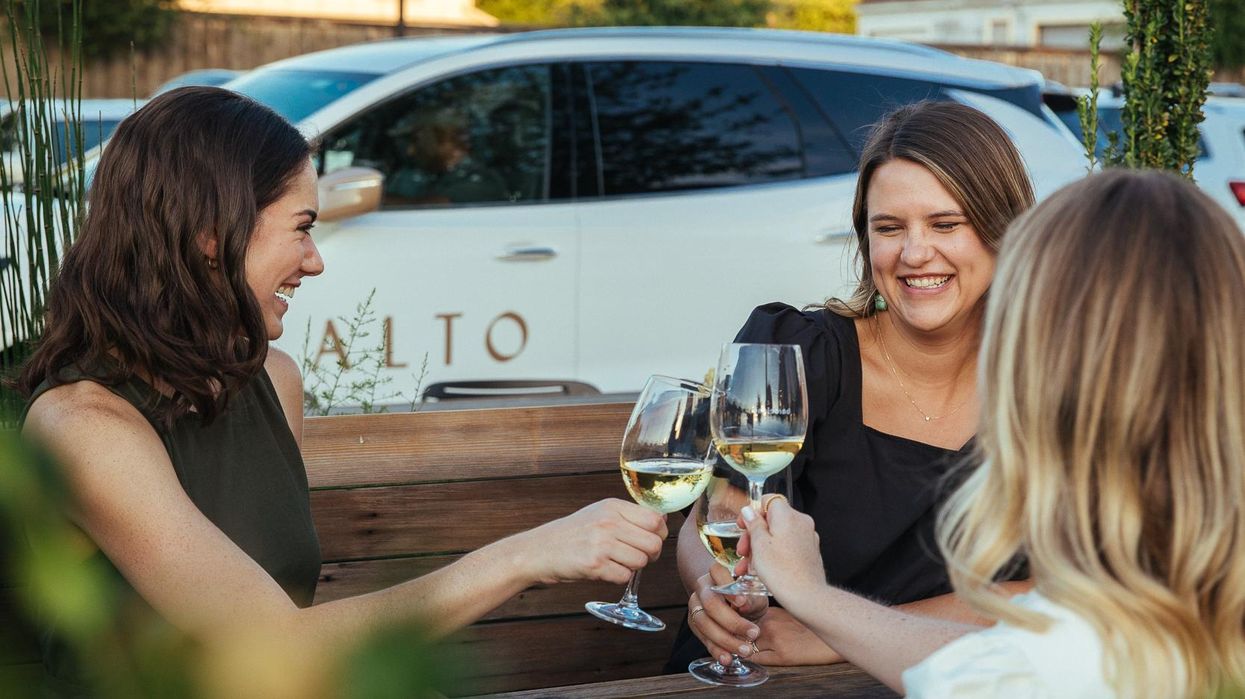Telemedicine Is Easy, and Works: A Nice Surprise in Tough Times
In a sign of the times, our anxious editor has a calming, successful first-time experience with her ‘teledoc.’

It started with a tickle of the throat on Easter Sunday. I’d spent most of the weekend outside — in our backyard, where an oak tree envelops my house in a cloud of pollen for weeks on end in the springtime — and I figured it was the result of inhaling an ungodly amount of allergens.
But by Tuesday afternoon, a nice little bright red spot had emerged in the back of my throat, visible with a handy little iPhone flashlight. Seriously? I thought. I’ve obsessively washed my hands. I’ve only done curbside grocery pickup. Do I have a cough? I think I feel a cough. Could this be strep? Nah, no fever. Let’s stress-eat some cookies — ok, great, my tastebuds are intact.
I couldn’t go to an urgent care clinic or a doctor’s office; my husband is still working (alone) most days, and the last thing I wanted to do was drag my fidgety toddler to a germ-filled confined space during a pandemic. So that left two options: Attempt to ignore the fact that it felt like I was swallowing tiny pieces of glass and suppress the panic increasingly taking hold of my body given the current coronavirus climate, or attempt this newfangled teledoc option about which my insurance provider has been spamming my inbox.
I logged in to my Blue Cross Blue Shield account, clicked “Try MDLive,” confirmed my birthdate, and boom — everything was synced with my insurance plan, and I could fill out a little questionnaire about my symptoms. I was given the option to upload a photo of my throat, which I did. I selected a phone call rather than a video chat, since the wait time was projected to be shorter, but was fully prepared to wait a couple hours, or even until the next morning, to hear from a doctor.
But a sweet physician in College Station rang me about five minutes after I submitted the request. She calmly asked me a few questions — definitely not COVID, we confidently decided; she said it was probably a little bacterial infection of some sort — and seemed genuinely happy to help. From the moment I opened my laptop to when Walgreens notified me that my prescription was ready for pickup, it had been 18 minutes.
Like most, I had been hearing for a couple years — and with increasing certainty as of late — that telemedicine is the “future of medicine.” But for some reason, I don’t think I would have tried it under normal, non-pandemic circumstances. I was pleasantly surprised by the efficiency with which I was seen. And the idea of obtaining peace of mind, if nothing else, within half an hour? What a godsend to my anxiety-stricken self.
Here’s to hoping that no other ailments set in during a global pandemic — but if they do, help is literally one click away.








